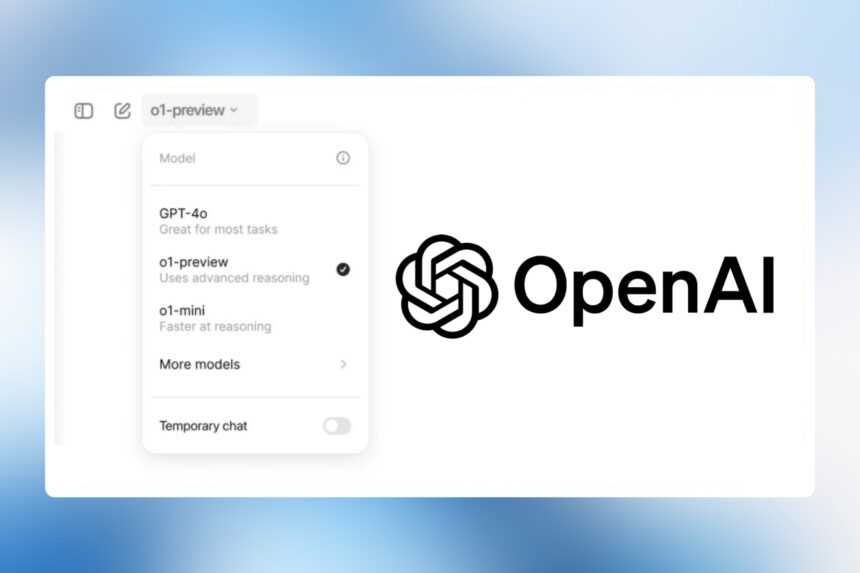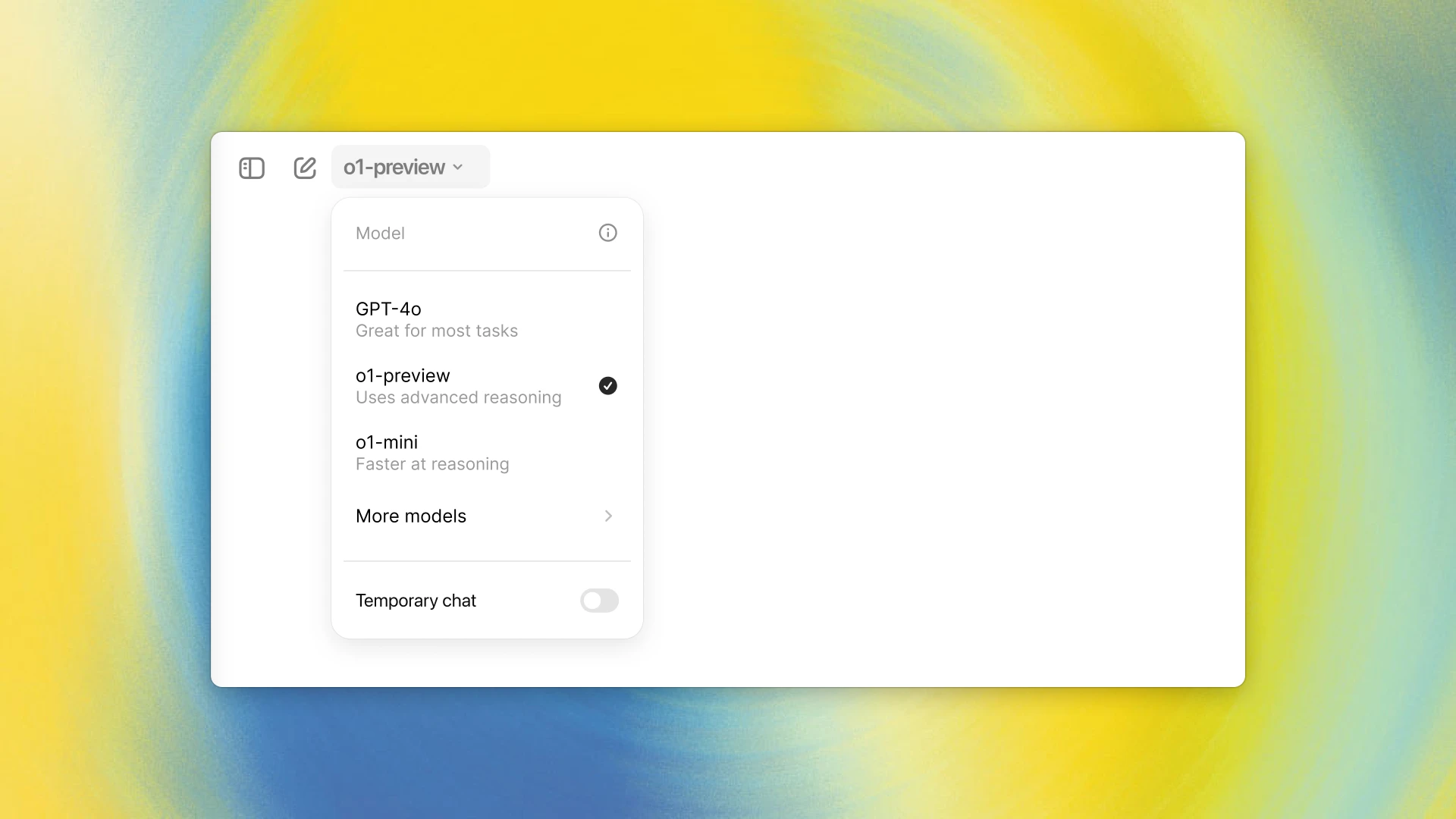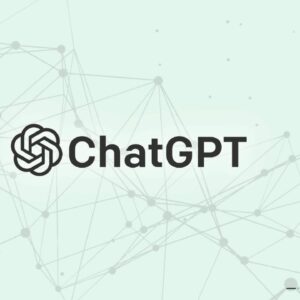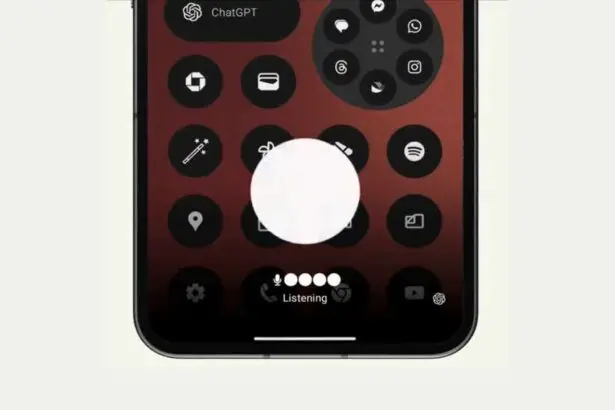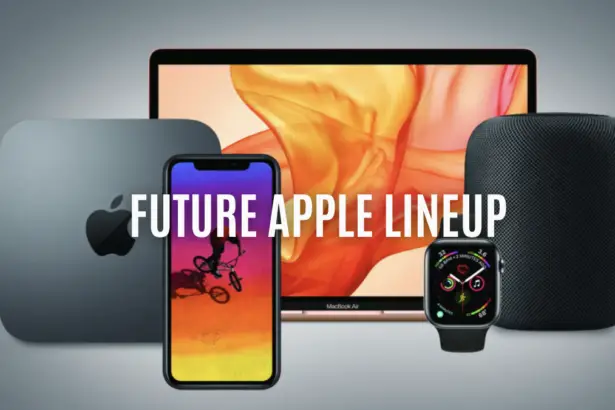- OpenAI o1-preview excels in complex problem-solving, achieving an impressive 83% success rate on IMO qualifying exam problems, compared to just 13% with previous models like GPT-4o.
- The model is effective across various fields, including scientific research, coding, and mathematics. It can assist with detailed data annotation, complex mathematical modeling, and sophisticated coding tasks.
- The newly introduced o1-mini model provides strong reasoning abilities at 80% lower cost than o1-preview, offering a budget-friendly choice for developers and researchers.
The o1-preview is a massive leap in AI by OpenAI. This model sets the new standard in AI capabilities when it comes to advanced reasoning tasks. The o1-preview series makes possible enhanced problem-solving capabilities for complex problems, representative of what is common in science, coding, and mathematics.
Specific issues have been much more elaborately thought through than any other predecessor versions, like GPT-4o, may have done. Because of this, o1-preview marks the next step in the evolution of AI development because the AI is able to solve much tougher problems and push the horizon of what artificial intelligence can do.
What makes OpenAI o1-preview different?
A key difference in functionality between o1-preview and its predecessors is in the reasoning it carries out. Whereas other models, like GPT-4o, can quickly give answers to many kinds of prompts, their reasoning of complex issues has been superficial. In contrast to this, the o1-preview model is trained to “think” before responding.
This extra time allows for a more thorough concern analysis, working out the thought process, and considering other solutions. The result is an AI capable of performing mundane tasks with excellence, and one that can do wonders in the fields needing more depth and logical reasoning.
Perhaps the most impressive demonstration of the capabilities of o1-preview came with a qualifying test used for the International Mathematics Olympiad (IMO). In that particularly challenging test, GPT-4o solved only 13% of its problems correctly, while o1-preview significantly outperformed it with 83%.
This jarring contrast shows something of the improved capability of o1-preview at reasoning and problem-solving, particularly in technical domains like mathematics.
Similarly, the model has made substantial strides in coding. In Codeforces competitions, o1-preview reached the 89th percentile, demonstrating its capacity to solve complicated coding challenges.
These improvements are not just limited to mathematics and coding but extend to other demanding fields, such as physics, chemistry, and biology, making o1-preview a versatile tool for experts across various disciplines.
Practical use cases for OpenAI o1-Preview
OpenAI o1-preview is also better in reasoning and can thus perform well on professional usage, including those that require wide analytical reasoning and decision-making. Specific use cases where o1-preview thrives include the following:
- Scientific Research: Scientific Research: o1-preview will prove quite useful to the scientists, particularly in departments of biotechnology and health-related departments. It will help researchers annotate the most complicated cell sequencing data with high accuracy. With the advanced reasoning capability of o1-preview, drug development or any genetic research could be done far quicker and more accurately in the fields where precision and thoroughness are highly required.
- Physics and Quantum Optics: Physicists can rely on o1-preview to generate and refine complex mathematical models, such as those needed in quantum optics. These models require a deep understanding of both physics and mathematics, and o1-preview’s capacity for handling complex formulas makes it an ideal tool for such work.
- Software Development: Developers can use o1-preview to build and debug multistep workflows, making it an invaluable tool for coding projects that require precision and accuracy. Whether developers are solving algorithmic problems or automating intricate workflows, o1-preview offers a reliable solution that can increase productivity and reduce errors.
OpenAI o1-Mini: A cost-effective option for developers
Complementing the release of o1-preview, OpenAI is also releasing o1-mini: a much smaller and leaner model variant in the o1 series. While in those aspects where o1-mini lacks the breadth compared to its larger sibling, it has been optimized for coding tasks and reduces many of the advances that went into improved reasoning in a much more compact form.
Most importantly, o1-mini is 80% cheaper than o1-preview, which is critical to the cost-effective appeal that this solution poses for developers whose needs for AI coding cannot be fulfilled by a full palette of o1-preview capabilities.
By offering both o1-preview and o1-mini, OpenAI provides flexibility in solutions that range from software development to scientific research. Cost savings with o1-mini will make it a very viable option for users looking to balance performance with affordability.
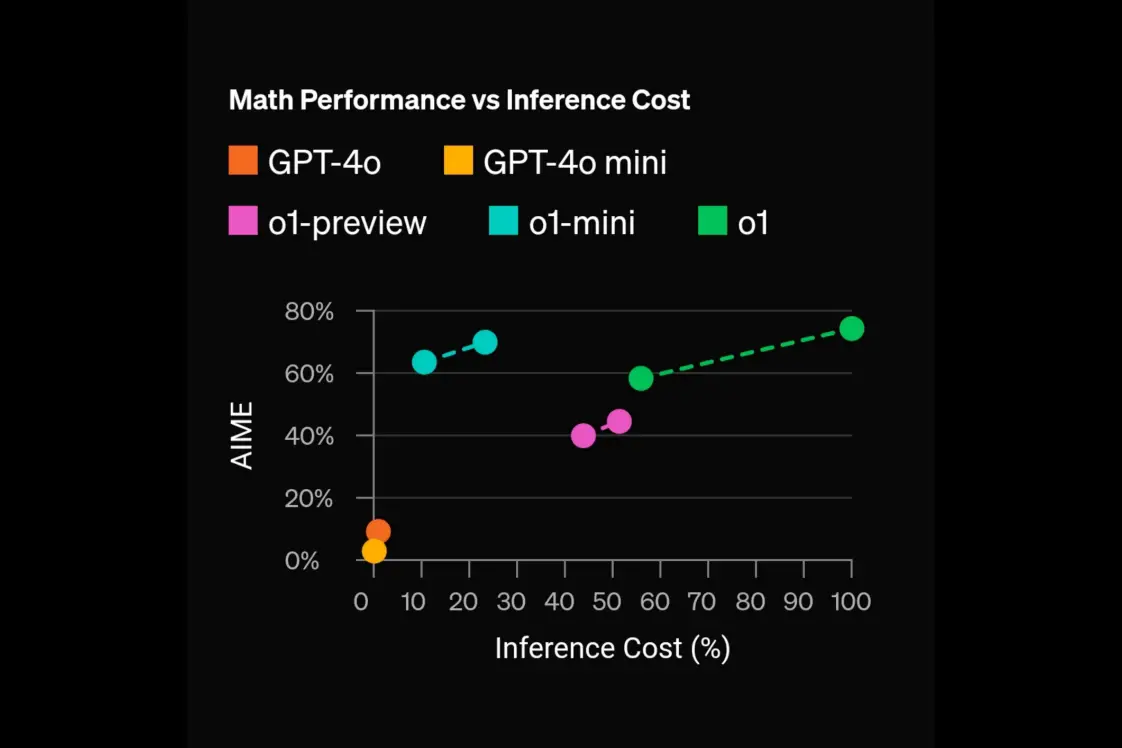
Safety and compliance: A new approach
With great capability comes great attention to safety and compliance. OpenAI has implemented new safety features for the o1 series, taking the model’s own reasoning to make sure safety guidelines are followed. The most important place this is noticeably improved is in the prevention of “jail breaking”-that is, attempting to bypass the model’s safety constraints.
In one of the most difficult safety tests taken by OpenAI, GPT-4o scored 22 out of 100, showcasing some huge vulnerabilities regarding jail breaking resistance. However, o1-preview fared impressively, scoring 84 out of 100, thereby proving it can maintain safety standards even under extreme conditions of testing. This leap in safety performance heaves under the spotlight the commitment of OpenAI to develop AI models that are not only top-notch in performance but also responsible in operation.
OpenAI has also partnered with AI safety institutes in the U.S. and U.K. to further test and evaluate these models. These collaborations are designed to ensure that o1-preview and future models meet the highest safety and compliance standards before being publicly released. By working closely with AI safety organizations, OpenAI aims to set a new benchmark for safety in artificial intelligence.
How to access OpenAI o1-Preview and o1-Mini
Both o1-preview and o1-mini are available to ChatGPT Plus and Team users today. These users can manually select the models in the model picker. Initially, there are weekly rate limits of 30 messages for o1-preview and 50 messages for o1-mini. However, OpenAI is working to expand these limits as usage increases.
For developers, access to o1-preview and o1-mini is available through the API. Developers on Tier 5 of the API usage plan can start prototyping with both models, with an initial rate limit of 20 requests per minute (RPM). OpenAI plans to increase this limit as additional testing is completed. While the current API does not yet support features like function calling or streaming, OpenAI is planning to introduce these capabilities in future updates.
Additionally, OpenAI plans to make o1-mini accessible to all ChatGPT Free users in the near future, broadening the availability of these advanced reasoning models.
Related
What’s next for OpenAI o1?
With o1-preview, the company has just started letting out its roadmap concerning this new line of AI models. Being an early preview, the present model shows what comes out of the line and promises to get more updates quite frequently in the days to come. Some of the new features that are in the process of being worked out by OpenAI while making such models even more versatile and useful in a wide range of applications include browsing and file and image upload capabilities.
In addition with the o1 series, further work will be done by OpenAI on developing GPTs with a view to further capability and alignment in future releases. Advanced reasoning coupled with safety, OpenAI o1-preview and o1-mini take artificial intelligence to a whole new level whereby problem-solving capability meets new heights.
